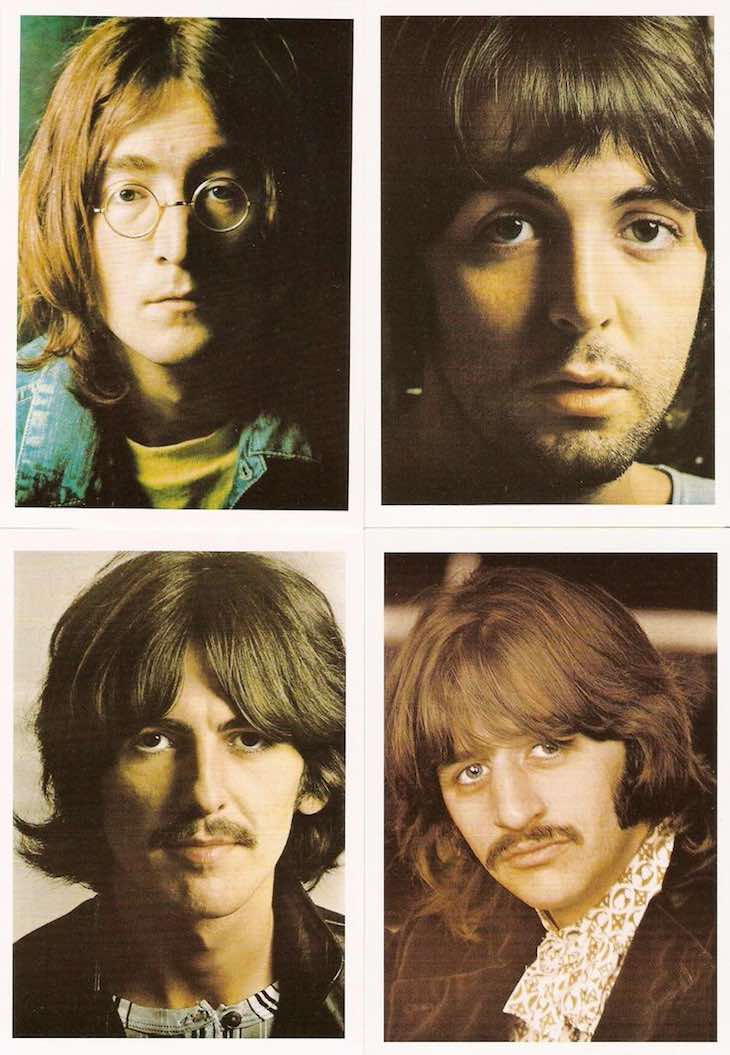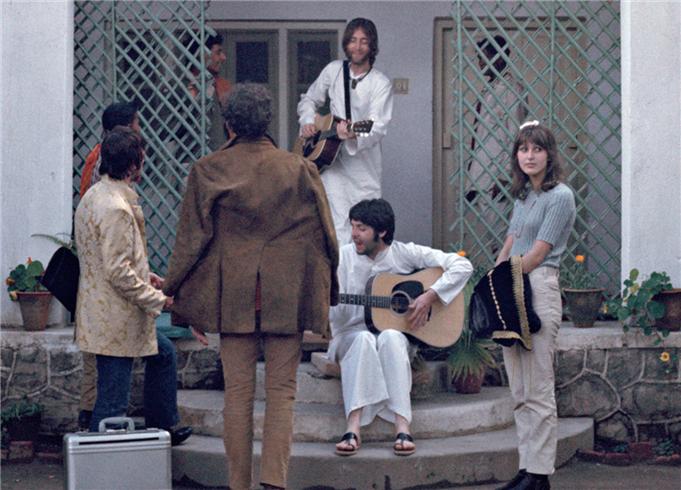“If looks could kill, it would have been us instead of him”.
I got the White Album and Abbey Road in the winter of 1981 and immediately fell in love with both, mainly the White Album. The sheer volume of variety knocked me out. I had heard a lot of the songs already but this album changed me musically. When our band started to play I always wanted a variety in our sets. I wanted to play the loudest raunchiest song and then the next one be the quietest song ever. One example would be AC/DC’s You Shook Me All Night Long and then…Wonderful Tonight. I try my best for the blog to be like that also. John Denver one day and then The Stones…it’s warped…but so am I.
This song stuck in my head for months but I didn’t mind. John wrote this one while all of the Beatles were in India visiting the Maraharshi. It’s based on a true story. When they were there they did meet a hunter who shot tigers. The hunter’s name was Richard A. Cooke, and his wife Bronwyn explained that Richard, “had asked the Maharishi if it was a sin to kill a tiger. John and George were in the room. Maharishi’s response was, ‘Life destruction is Life destruction.’ Rik has not shot anything since. He became a freelance photographer for National Geographic.”

Richard Cooke in the blue shirt
This event ended the hunting career of Richard Cooke III. He decided instead to take up professional photography, working as a freelancer for The National Geographic Society for the next 40 years. His mother Nancy remained friends with fellow meditator George Harrison until his death in 2001.
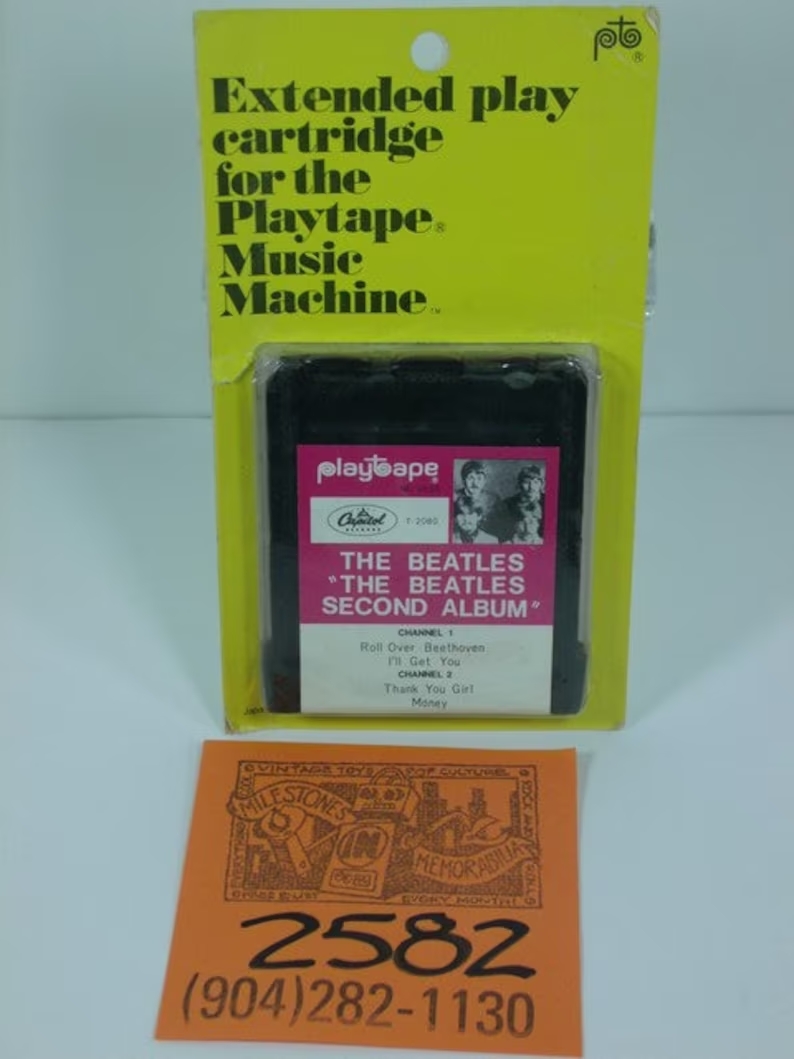
Sometime in 1969, Capitol released “Bungalow Bill” on a short lived format called “Playtape,” which was a tape cartridge made for portable players. Since there wasn’t much tape allotted to a cartridge, it took five volumes to contain most of the songs on the “White Album,” “Bungalow Bill” being featured on “The Beatles Vol. III.” These tapes are highly sought after today and are quite valuable.
It was widely known that John Lennon didn’t write fictional story songs. He was amazed that Paul wrote so many about fictional people like Rita the Meter Maid or Desmond and Molly. The only fictional departure from this song’s actual story is the throwback reference to comic books that John enjoyed during his childhood in the late ’50s and early ’60s. “Captain Marvel – The World’s Mightiest Mortal.”
It’s John’s voice through the verses that I like…he could make any song sound interesting.
John’s lyrics contain “zapped him right between the eyes.” This American comic book reference to someone ‘zapping’ someone was something that John thought to be humorous, so he added it into the story as an inside joke, emphatically repeated afterward as “ZZZZAP!”
The White Album was released in 1968 and peaked at #1 in the Billboard Album Chart, #1 in Canada, #1 in the UK, and #1 about everywhere else. The sessions were not the happiest time for the band but they came up with the most eclectic batch of songs they ever produced.
John Lennon: “At the Maharishi’s meditation camp, there was a guy who took a short break to go away and shoot a few poor tigers and then came back to commune with God. There used to be a character called Jungle Jim and I combined him with Buffalo Bill. It’s a sort of teenage social-comment song. It’s a bit of a joke.”
Paul McCartney: “This is another of his great songs and it’s one of my favorites to this day because it stands for a lot of what I stand for now. ‘Did you really have to shoot that tiger’ is its message. ‘Aren’t you a big guy? Aren’t you a brave man?’ I think John put it very well.”
John Lennon: “I had a sort of professional songwriter’s attitude to writing pop songs, I’d have a separate ‘songwriting’ John Lennon who wrote songs for the sort of meat market, and I didn’t consider them, the lyrics or anything, to have any depth at all. Then I started being me about the songs…not writing them objectively, but subjectively…I think it was Dylan that helped me realize that.”
The Continuing Story of Bungalow Bill
Hey, Bungalow Bill
What did you kill
Bungalow Bill?
Hey, Bungalow Bill
What did you kill
Bungalow Bill?
He went out hunting with his elephant and gun
In case of accidents, he always took his mom
He’s the all-American bullet-headed Saxon mother’s son
All the children sing
Hey, Bungalow Bill
What did you kill
Bungalow Bill?
Hey, Bungalow Bill
What did you kill
Bungalow Bill?
Deep in the jungle where the mighty tiger lies
Bill and his elephants were taken by surprise
So Captain Marvel zapped him right between the eyes
All the children sing
Hey, Bungalow Bill
What did you kill
Bungalow Bill?
Hey, Bungalow Bill
What did you kill
Bungalow Bill?
The children asked him if to kill was not a sin
“Not when he looked so fierce”, his mommy butted in
“If looks could kill, it would have been us instead of him”.
All the children sing
Hey, Bungalow Bill
What did you kill
Bungalow Bill?
Hey, Bungalow Bill
What did you kill
Bungalow Bill?
Hey, Bungalow Bill
What did you kill
Bungalow Bill?
Hey, Bungalow Bill
What did you kill
Bungalow Bill?
Hey, Bungalow Bill
What did you kill
Bungalow Bill?


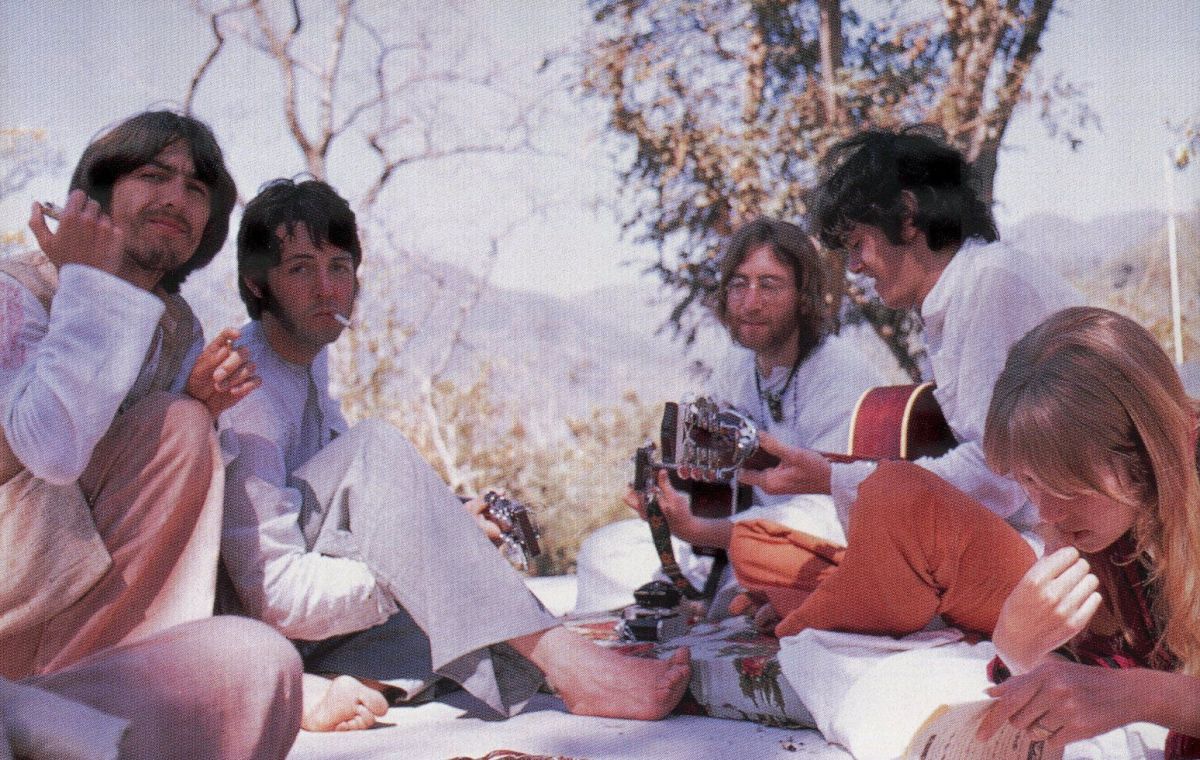
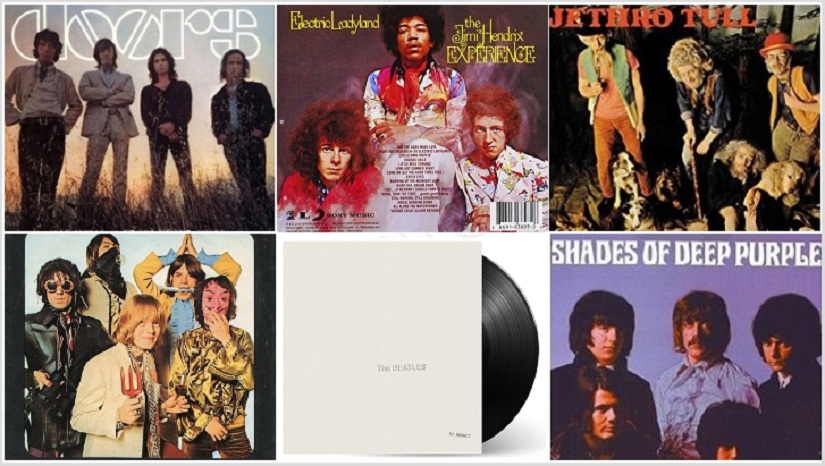


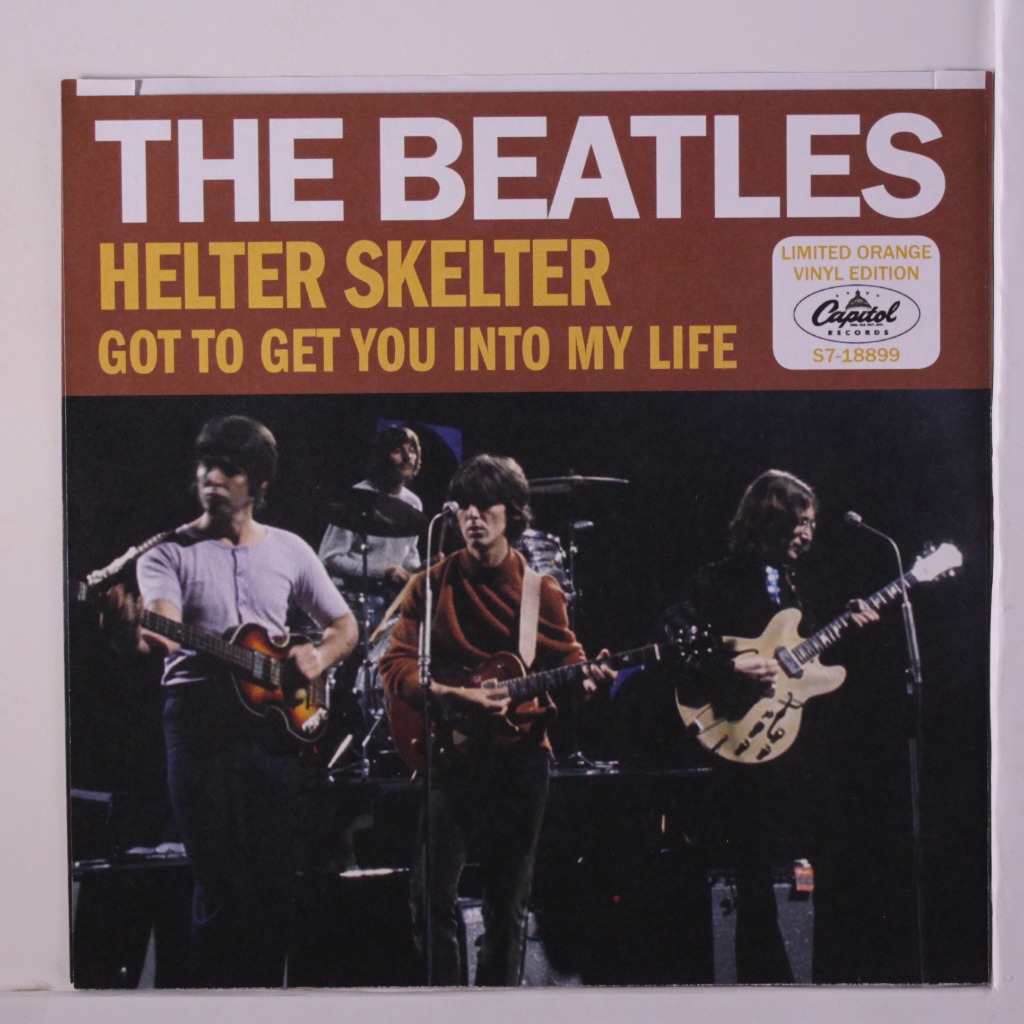

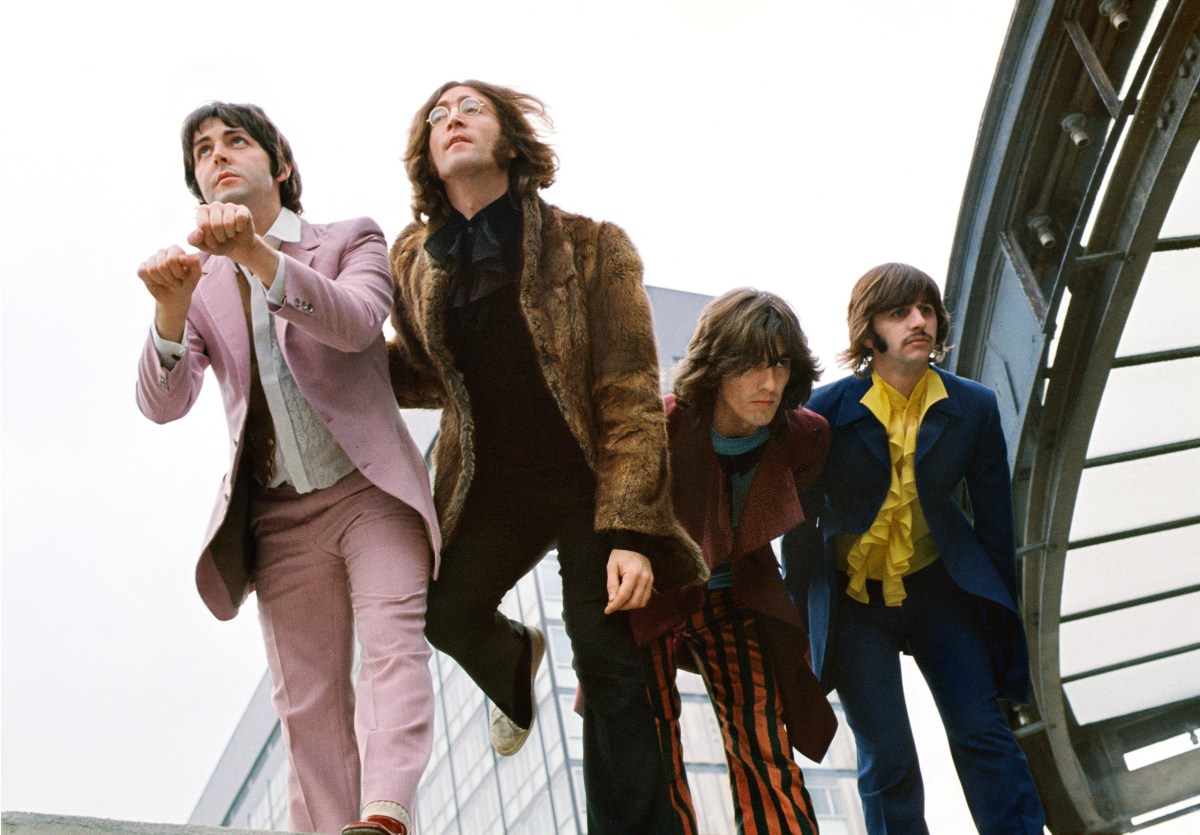
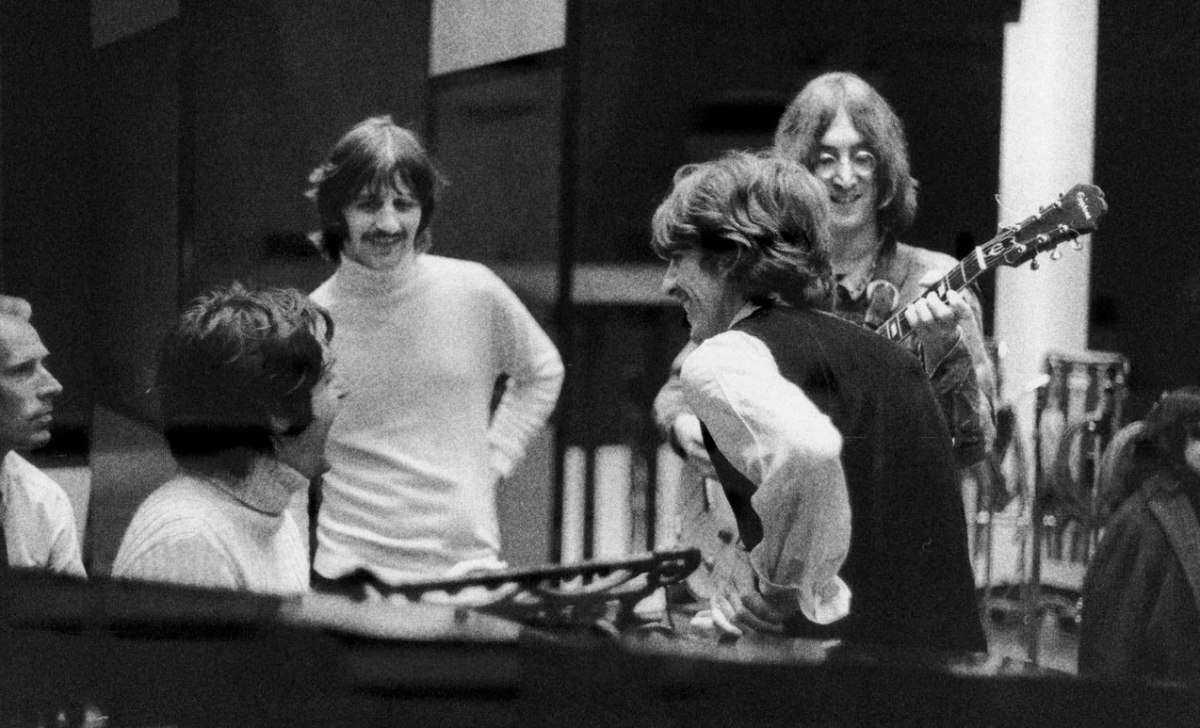
 John eventually decided to opt for both, singing “count me out…in” on this vocal performance, which was sung in a “light voice” in imitation of Martha Reeves and Diana Ross, as his handwritten lyric sheet reminded him.
John eventually decided to opt for both, singing “count me out…in” on this vocal performance, which was sung in a “light voice” in imitation of Martha Reeves and Diana Ross, as his handwritten lyric sheet reminded him.
